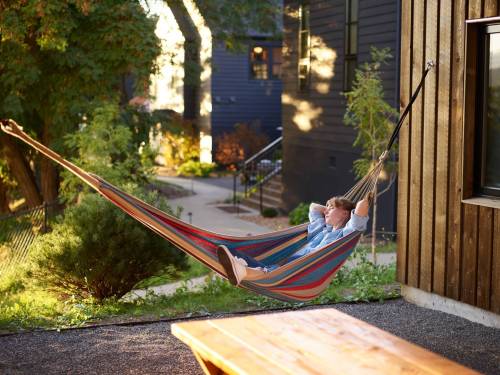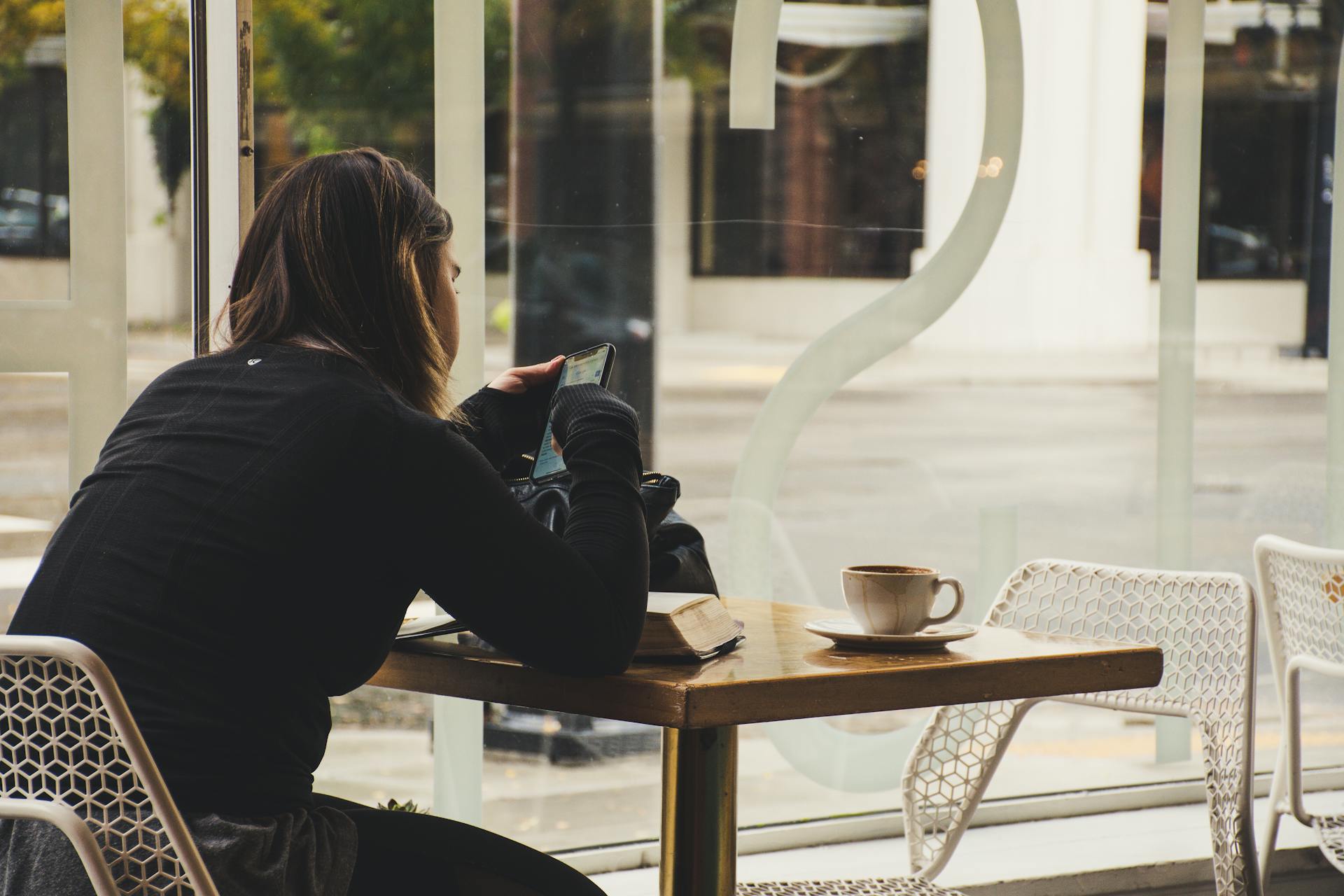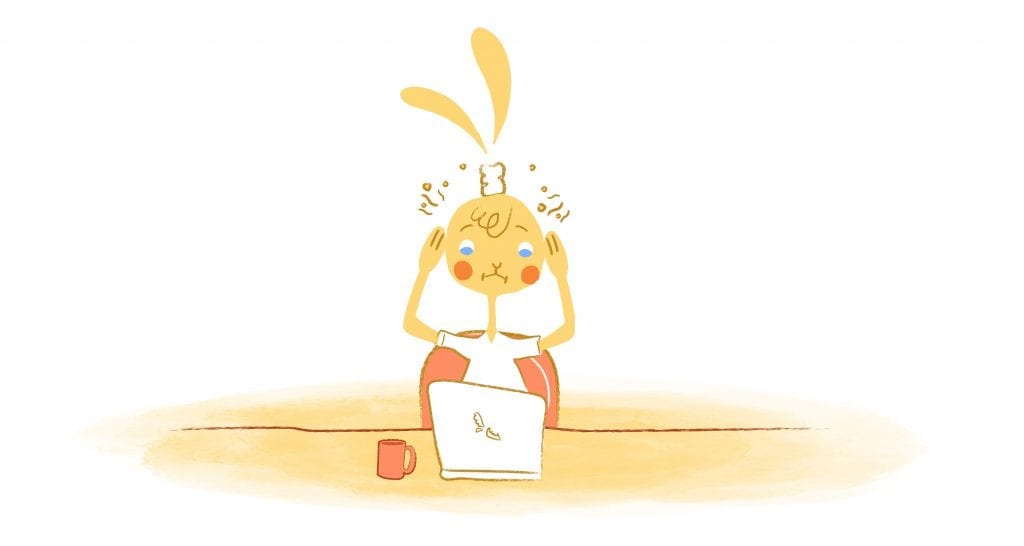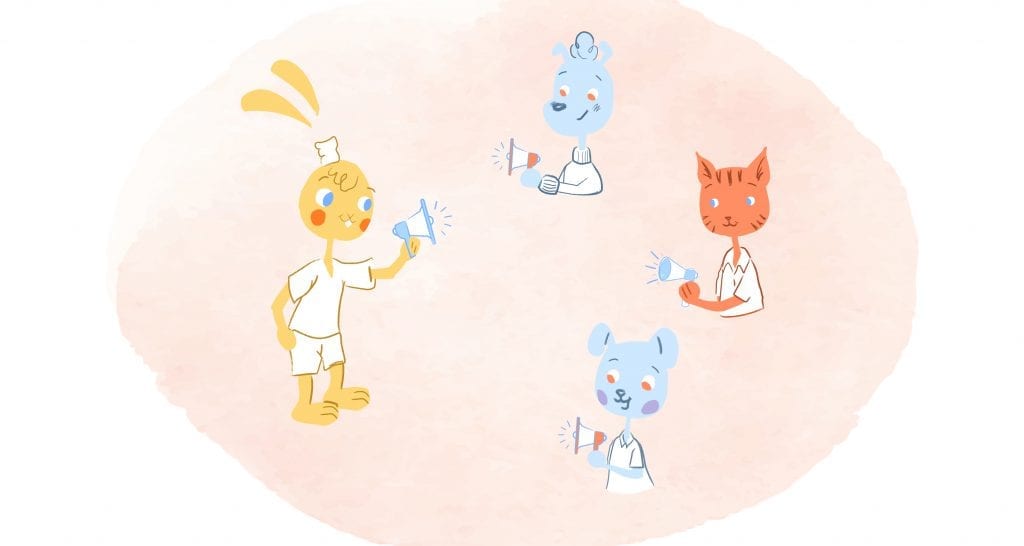

When was the last time you did nothing? Of course, I’m talking about the kind of nothing when you’re just alone with your thoughts with no distractions whatsoever. If you’re anything like most people today, you likely think “rarely.” Or even worse, “never.”
Undoubtedly, technology has enabled people to accomplish more with less effort. Yet, despite this, most people still work as much as ever. What’s more, even during our downtime, we’re glued to our screens to prevent boredom. In fact, according to DataReportal, Americans spend 7 hours and 4 minutes per day staring at screens.
Even though you may feel accomplished or productive by keeping busy, idly occupying yourself can have adverse effects. You can suffer health complications, relationships, and even work problems as a result.
Instead, follow the advice of Carole Katchen, “Stop. Breathe. Allow yourself the luxury of doing nothing for a moment, an hour, or even a day. It is in emptiness that inspiration will appear.”
What Does Doing Nothing Look Like?
To begin with, let’s clarify a few things. First, despite its simplicity, what does “doing nothing” really mean?
Literally, it means not doing anything. For example, you might want to turn off technology and sit silently for a few minutes to tune out worries, fears, and responsibilities. Mindfulness is often used as a synonym for this. However, other countries use different terms for it.
Among the Dutch, it is known as niksen.
“With niksen, which most closely translates as ‘nothing-ing’ in Dutch, you have to be intentional about doing nothing,” Netherlands-based journalist Olga Meckinge explained to NBC News BETTER. “You’re taking the time to sit and not do anything on purpose. You could be gazing out a window, but you’re not observing your thoughts, letting them go, or doing anything like that. You’re just being.”
Katie Krimer, a licensed social worker in New York City, adds, “You’re intentionally doing nothing but with no intentions. “You’re making a point of sitting down to do nothing, but then you just allow your mind to wander.”
The Italians call this phenomenon dolce far niente, which means “the sweetness of doing nothing.” The Swedes call it lagom, which means “not too little, not too much, just right.”
Regardless, these concepts share a similar characteristic; rather than jumping from one activity to the next, your health benefits when you take a moment to pause and reset. As a result, you’ll be healthier, happier, and more productive. It’s also helpful in combating burnout.
Why Are We So Busy?
According to Tracy Chabala for Shondaland, society has been brainwashed to believe that compulsive busyness is a prerequisite for decent behavior. As a result, workaholic behavior has become normalized, such as checking email after hours.
“The idea of being immensely productive and of never resting, even if it has its roots in the Protestant work ethic, seems to be at a level that’s unprecedented, especially in the West,” says Brian O’Connor, Ph.D., Full Professor and Head of the School of Philosophy at University College Dublin and author of the philosophical essay Idleness.
His op-eds about idleness, hyperbusyness, the deification of work, and constant striving suggest we might all be a bit happier if we put an end to obsessively trying to use our talents and embrace idleness.
This subversive, almost sacrilegious idea might lead to happiness and fulfillment. In his view, most people regret working too much and not developing themselves and their talents at the end of their lives rather than regret their inability to work more.
“I think the things that make work significant when people are working — wealth and esteem and competitive advantage — those values seem to drift away a little bit as we get older, and particularly as we get quite old. The wisdom of that age doesn’t support the significance of those drivers.”
In addition, modern technology makes it hard to be idle. Every day, people are surrounded by unlimited entertainment and distractions. Mobile devices also keep people connected at all times. Because of this, there is no easy way to unplug. So, staying busy is easier than doing nothing in many ways.
Perception also plays a role. For example, doing nothing is perceived as irresponsible or wasteful. Therefore, many people feel guilty when idle – so they work even when not needed.
The Benefits of Doing Nothing
As mentioned above, you can achieve a healthy and happy life by doing nothing.
“More and more of us cannot juggle overwhelming demands and maintain a seemingly unsustainable pace. Yet, paradoxically, the best way to get more done may be to spend more time doing less,” writes journalist and author Tony Schwartz in the New York Times. “A new and growing body of multidisciplinary research shows that strategic renewal — including daytime workouts, short afternoon naps, longer sleep hours, more time away from the office, and longer, more frequent vacations — boosts productivity, job performance, and, of course, health.”
But, that’s not the only benefit of doing nothing.
- Bolsters mental strength. According to Amy Morin, who wrote for Psychology Today, “mentally strong people spend time alone with their thoughts.”
- It restores and resets your brain. Of course, the mind restores itself during sleep. But, there are similar health benefits to being idle for your brain. The right amount of quiet time can reset your mind for better productivity.
- The body can rest as well. Busyness can also cause fatigue and even aches and pains in your body. You can break the commotion when you pause occasionally and get a little rest.
- Improves concentration. During some alone time, you can focus on whatever is in front of you.
- Stress is reduced as a result. However, the effects of chronic stress can affect both your physical and mental health. A calming effect can be achieved by sitting quietly and watching your breath, meditating or simply being present with your thoughts.
- Creativity and problem-solving are boosted by it. In addition to expanding your mind, you can think about things in new and creative ways.
- You become more aware of your needs and feelings. You are better able to respond to your true feelings when you spend time in silence. Furthermore, this can help you become more compassionate and empathetic as well.
- Encourages deep thinking. Allowing yourself some time alone with your thoughts allows your brain to sort through them and think deeply about them.
How to Exactly Do Nothing
What can you do to power down and make the most of doing nothing. The following tips will help you to incorporate the skill of doing nothing.
Schedule nothing time.
Determine when you are most productive and creative. From there, observe when your mind shuts off or when you are just doing something for the sake of doing it. At those times, you should take a walk or take a break.
If possible, outsource everything else except what is essential to you and what brings you pleasure. Then, finding more free time in your schedule is possible by focusing on the important parts of life.
Reduce screen time.
We live and work in a world where technology is everywhere. Moreover, all day long, we are glued to a device. As a result, we can check email, and text messages, search the web, or monitor social media regularly. However, we cannot engage in rest and creativity when we are distracted by technology.
In Denmark, scientists found that students who took a week off from Facebook were happier and more satisfied with their lives. Dopamine levels would be affected, the neurotransmitter that promotes positive feelings and stimulates creativity.
At the same time, we tend to pick up our phones instinctively. The good news? You do have other options. For example, you could go for a walk or do five minutes of deep breathing.
To get started, leave your phone in your car when grocery shopping. This way, when in line, you can just daydream, reflect, or stare off into the distance.
Be unapologetic.
You might feel guilty doing nothing. But don’t. It’s not being lazy, irresponsible, or selfish. Instead, it’s an essential skill that can positively impact all aspects of your life.
So, go ahead, and take breaks where you let your mind wander freely.
Give your environment a makeover.
Your environment can play an essential role in how much nothingness you can embrace. So take your home and workplace into consideration.
For example, establish tech-free zones and keep your phone in a drawer. Adding a soft couch, a comfortable armchair, cushions, or even just a blanket could make the room more comfortable. And, instead of orienting furniture around a TV, arrange it around a window or fireplace.
Don’t limit yourself.
Visit a park or a spa if you can’t sit still in your office or home.
Are you still uncomfortable with the idea of doing nothing? Try fooling your mind into thinking you’re doing something productive. Use open-ended toys such as kinetic sand, Baoding balls, or marble runs.
Keep it simple.
You don’t have to think of doing nothing as meditating, which can be difficult at first. Instead, keep it as simple as possible by:
- Stop what you’re doing as you’ve just approached a red light when driving.
- Sit down, ideally in a quiet and comfortable space.
- Silence your thoughts just as you would do when silencing notifications on your phone.
- Consider whether a thought is true when you notice one. Replacing an untrue or unkind thought with something genuine or kind is the best way to deal with it.
- Be present by focusing on your breathing.
Featured Image Credit: ArtHouse Studio; Pexels; Thank you!











Deanna Ritchie
Editor-in-Chief at Calendar. Former Editor-in-Chief, ReadWrite, Editor-in-Chief and writer at Startup Grind. Freelance editor at Entrepreneur.com. Deanna loves to help build startups, and guide them to discover the business value of their online content and social media marketing.